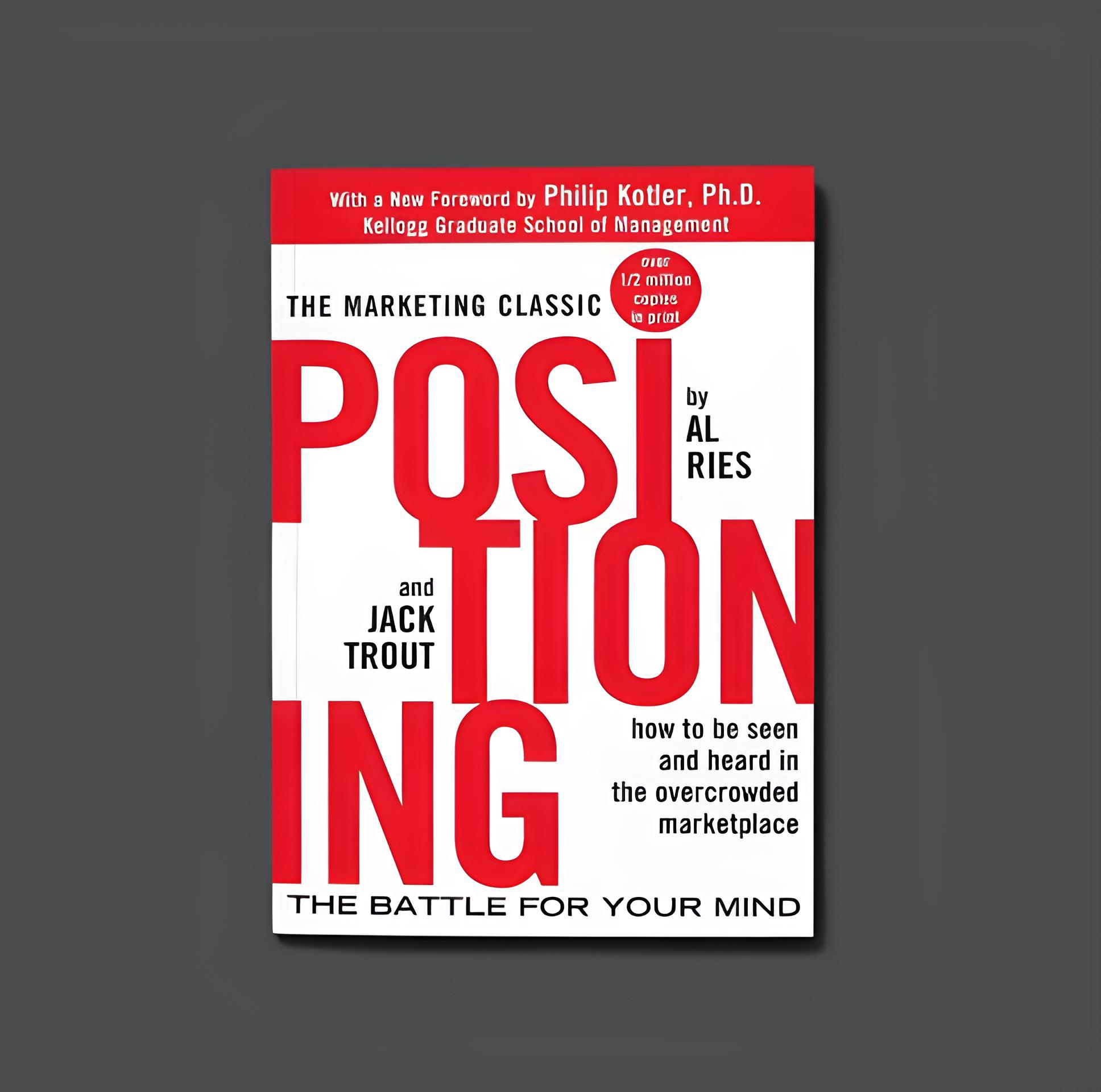Back
SHIV DIXIT
CHAIRMAN - BITEX IND... • 1y
📖 DAILY BOOK SUMMARIES 📖 🚀 35 Lessona From 👉 🔥 Positioning : The battle of your mind 🔥 ✨ By Al Ries and Jack Tryout ✨ 1. Core Premise: Positioning is about how a brand or product occupies a space in the customer’s mind relative to competitors. The key is to create a clear, distinct, and memorable image in the minds of your target audience. 2. The Overcommunicated Society: In today’s world, consumers are bombarded with too much information. To stand out, brands need to simplify their messages and focus on being memorable and distinctive. 3. Perception Over Reality: In marketing, perception is more important than reality. How customers perceive your product is what matters most, not necessarily the product’s features or benefits. 4. The Power of a Focused Message: The more focused and specific your message, the more likely it is to resonate with consumers. A broad, generic message often gets lost in the clutter. 5. Being First Matters: The first brand to enter a customer’s mind in a particular category has a significant advantage. It’s hard to dislodge a brand that has already positioned itself as the leader in a category. 6. Repositioning the Competition: A powerful strategy is to reposition your competition by changing how customers perceive their offerings. This can involve highlighting their weaknesses or differences that make your product stand out. 7. The Ladder Concept: Consumers rank products in their minds, with the top positions being the most desirable. The goal is to be at the top of that mental "ladder" in your category. If you can’t be number one, find a way to differentiate. 8. Niche Strategy: If you can’t be the leader in a broad category, dominate a niche. Position yourself as the best in a smaller, more defined market. 9. Name is Key: A product’s name plays a crucial role in its positioning. The name should be simple, easy to remember, and ideally suggest something about the product’s benefit or category. 10. Positioning vs. Marketing: Positioning is not just about promotion or advertising; it’s about defining the place a brand occupies in the minds of customers relative to competitors. Marketing efforts must support and reinforce that position. 11. Communication Simplicity: Complex messages don’t stick. Simplify your communication so that it’s easy for consumers to understand, recall, and repeat. 12. Line Extensions and Risks: Extending a successful product line can dilute the brand's positioning. Companies should be cautious about expanding into too many categories, as this can confuse consumers and weaken the brand's core image. 13. Reality of Perception: Even if a product is technically superior, if it’s not positioned well in the minds of consumers, it won’t succeed. Winning the perception battle is key to success. 🔗 You can download whole book freely from comment section 🔗

Replies (3)
More like this
Recommendations from Medial
Only Buziness
Everything about Mar... • 11m
Positioning Positioning defines how a brand is perceived in the minds of customers. Key strategies: 1. Product-Based Positioning: Highlighting the unique features or qualities of the product. 2. Price-Based Positioning: Emphasizing affordability o
See More
Deepika Rallapalli
Business Analyst & D... • 7m
Have you ever calculated the Minshare of your brand? Mind share refers to the degree of awareness, recall, and preference your brand holds in the minds of your target audience. #rxmarketing #pharmaIndustry #HCPEngagement #Pharmamarketing #pharmace
See More
Pulakit Bararia
Founder Snippetz Lab... • 11m
In today’s competitive world, brand positioning isn’t optional—it’s essential. here’s a breakdown of the five core brand positioning strategies that drive success: Attribute-Based Positioning Focus on a key feature of your product or service. Think
See More



brijesh Patel
Founder | Venture Pa... • 4m
Law 1: The Law of Exclusivity This law states that in the minds of consumers, a single word or concept can only be owned by one company. If a competitor already "owns" a particular word (like prestige, affordability, or reliability), it is nearly imp
See MoreSairaj Kadam
Student & Financial ... • 1y
Transforming Your Brand Into a Symbol Through Positioning To make your brand a symbol of trust, value, or excellence, positioning is key. This involves defining your market, differentiating yourself, and articulating your unique place through a Posi
See MoreShashwat Jain
Early Entrepreneur • 9m
We’re building something different. If you’re tired of the usual, and want to be part of a bold team that’s creating a new category—this is your shot. We’re not hiring employees, we’re building with believers. Looking for smart, creative minds in
See Moresujeeth challa
Hey I am on Medial • 8m
4700 BC I have always fancied this brand and liked their positioning. They are category creators and market leaders in the gourmet popcorn segment . A few companies also came by but none seem to have matched it. What do you think are their strengths
See MoreDownload the medial app to read full posts, comements and news.



































